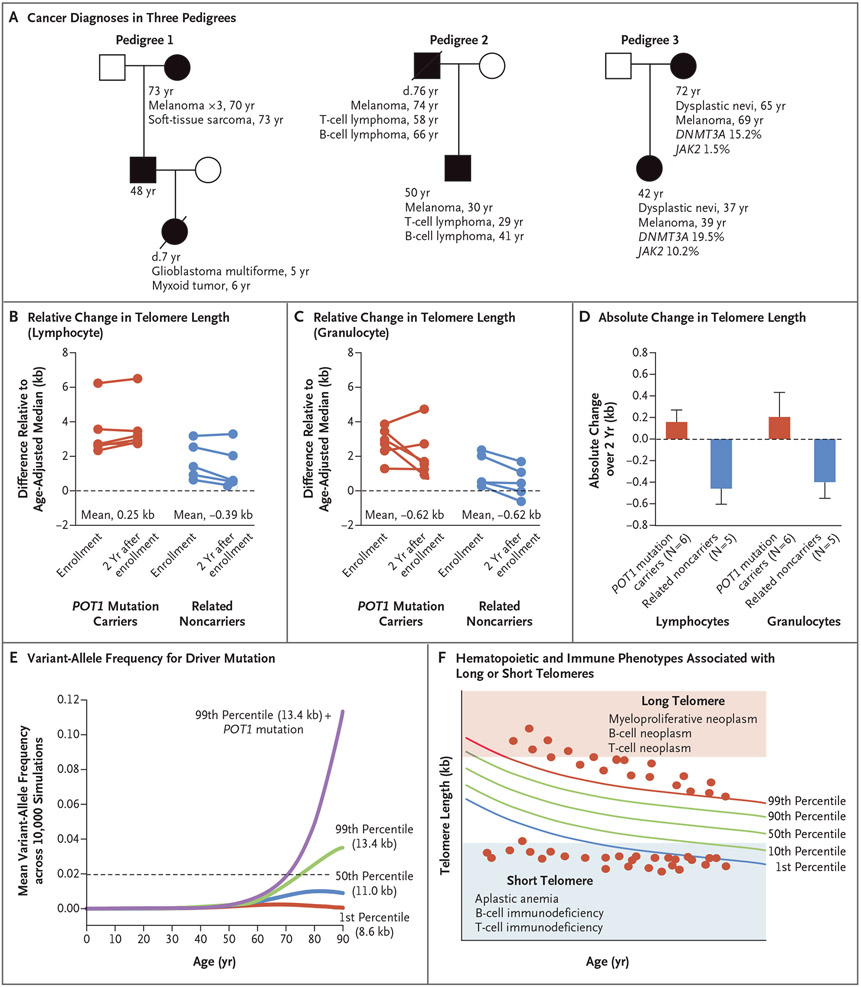Figure 5 (facing page). Genetic Anticipation and Longitudinal Change in Telomere Length among POT1 Mutation Carriers.
Panel A shows the age at assessment and cancer diagnosis in three pedigrees. Mutation carriers (shaded) carry POT1 p.R273Q in Pedigrees 1 and 3 and carry p.I78T in Pedigree 2. One mutation carrier in Pedigree 1 had three separate melanoma diagnoses. Panels B and C show differences in lymphocyte and granulocyte telomere lengths relative to the median for age at study enrollment and at 2 years. Data are shown for POT1 mutation carriers and their siblings and children who are noncarriers. Panel D shows the mean absolute change in telomere length over a 2-year period in POT1 mutation carriers (red) and their noncarrier relatives (blue). Error bars indicate the standard error. Panel E shows the mean variant-allele frequency for a somatic heterozygous driver mutation acquired at birth over a lifetime in telomere length groups calculated from 10,000 simulations for each group. The dashed line indicates the 2% variant-allele frequency threshold defining CHIP. Panel F shows contrasting hematopoietic and immune phenotypes associated with POT1 mutations (long telomere length) and short telomere syndromes. Each dot represents a hypothetical person with a germline telomere maintenance defect plotted relative to the normal telomere length distribution in the human population. This panel was adapted from Armanios.38

